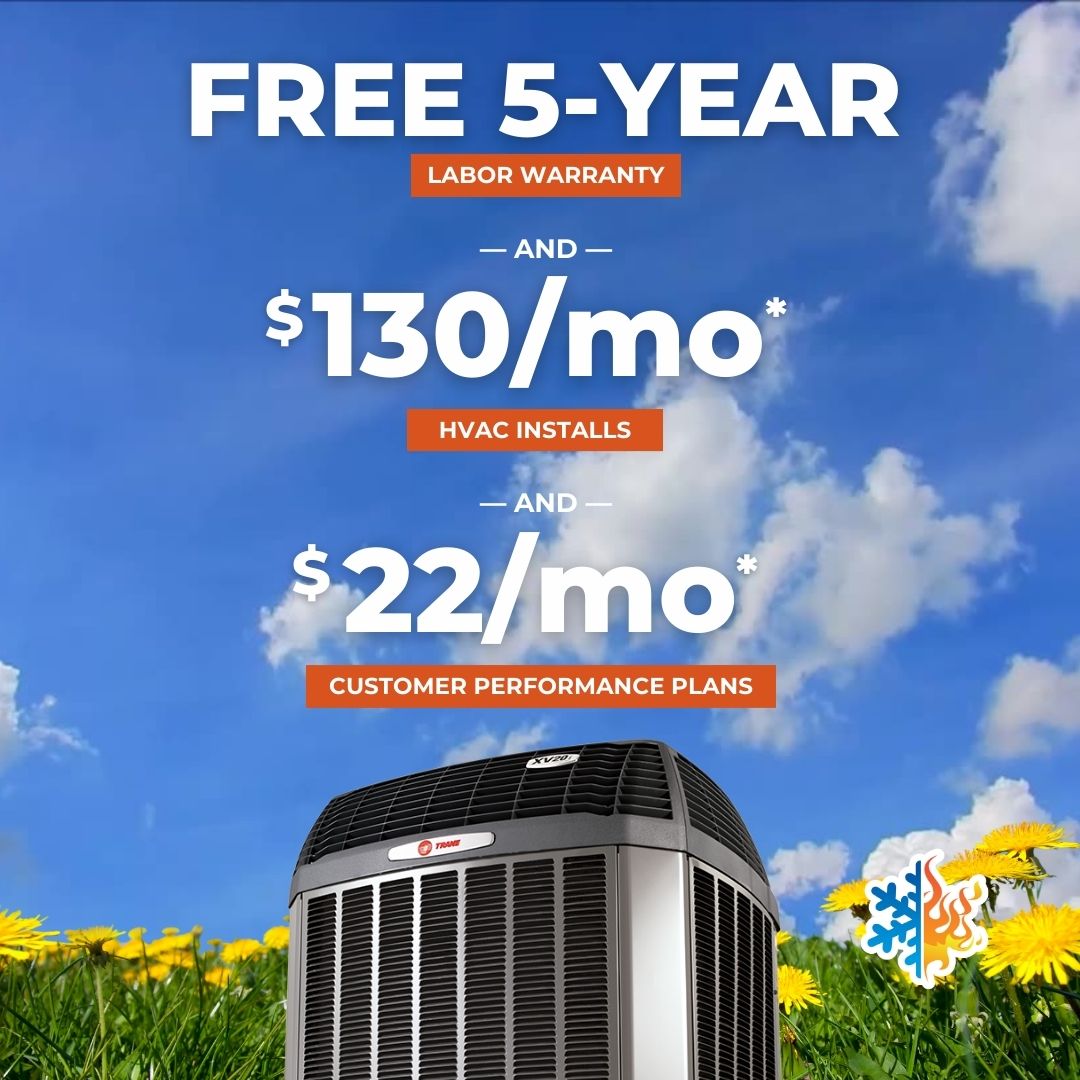AC & Heating Installation
As a top national Trane dealer, we proudly install the industry’s most reliable and efficient air conditioners and heating systems on the market. All HVAC installation providers are not alike – schedule a free in-home consultation and learn more about our custom AC and heating installation services, as well as our HVAC financing options.
- Free In-Home Comfort Evaluation
- Custom AC & Heating Installations
- HVAC Financing












